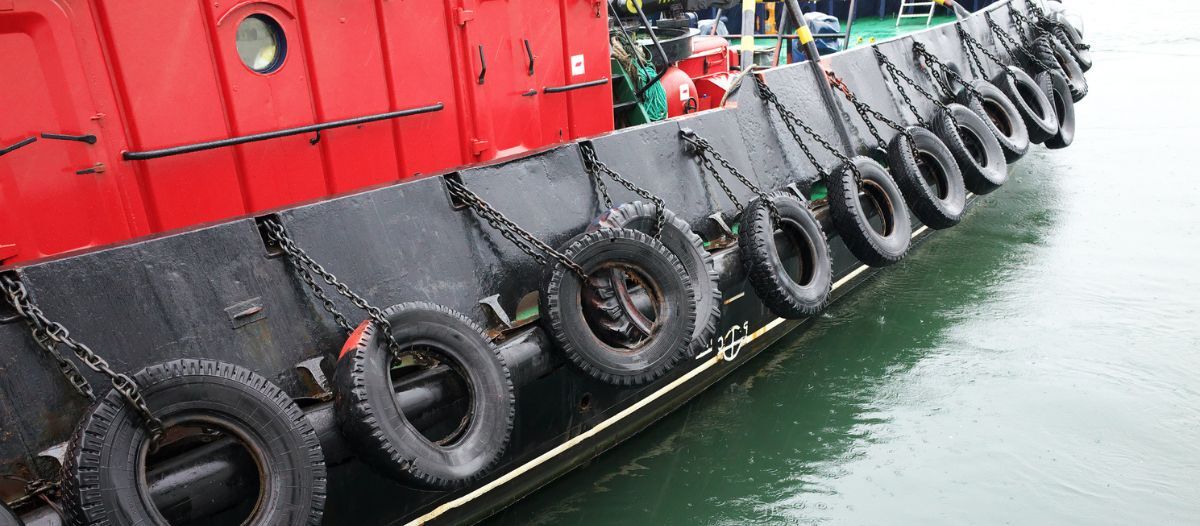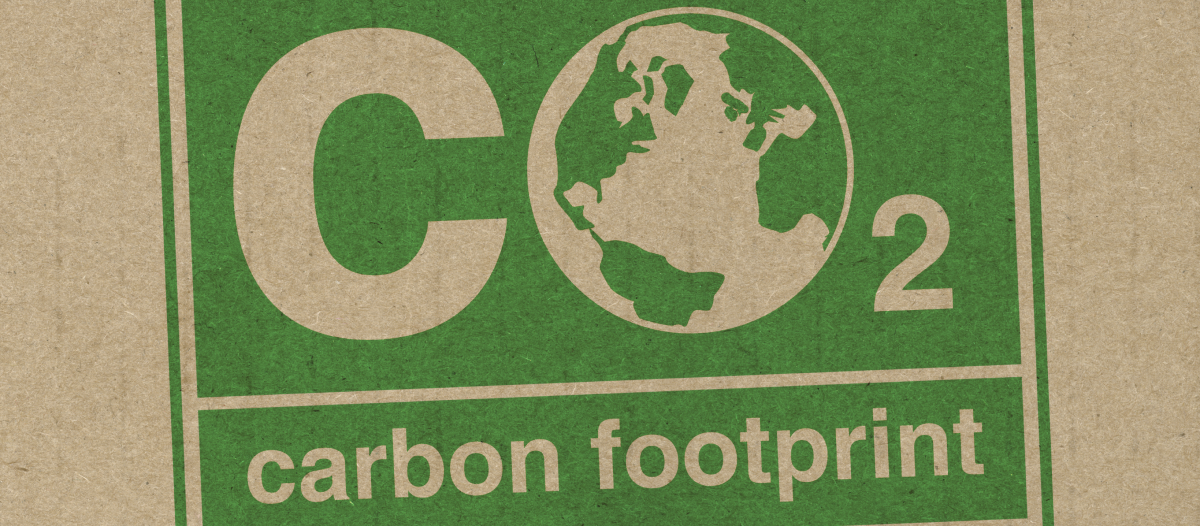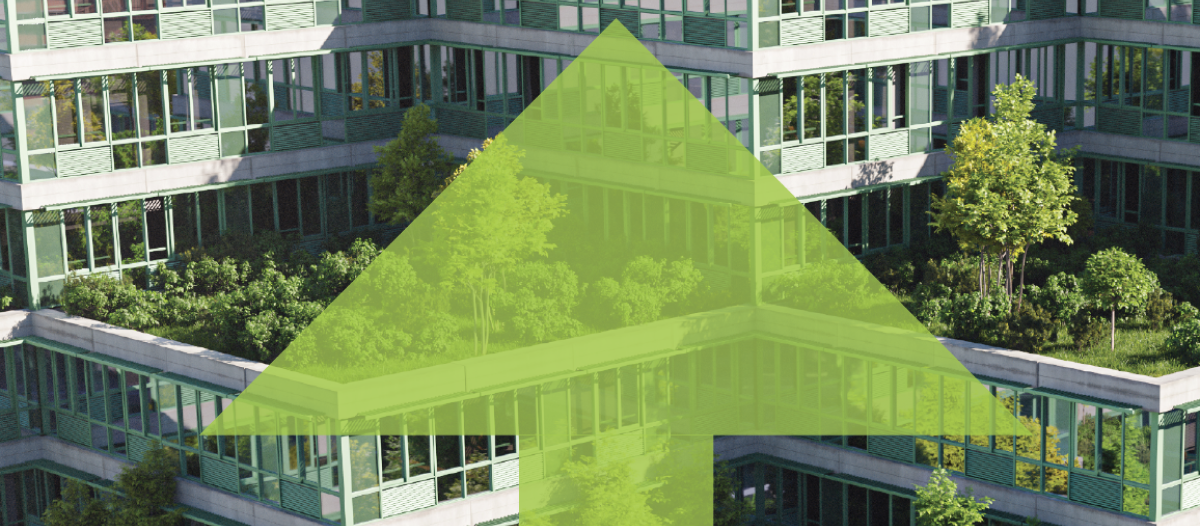Whether it is building, remodeling, demolishing or simply maintaining a facility, waste is always a problem. As facility managers deal with tighter budgets and greater responsibility to protect the environment, the problem of waste management becomes increasingly complex.
Almost 300 million tons of waste is produced every year, just in the U.S., according to the Environmental Protection Agency (EPA). Picture a train, 3 million cars long, stretching nearly one-and-a-quarter times around the world, hauling off one nation’s waste.
FMs can play a big part in waste management. And they do not have to undertake big measures to avoid filling landfills.
For more than 50 years, the world has been enamored with recycling. It seemed like an environmentally friendly solution to waste. Recycling means chip it, shred it, grind it or melt it. To recycle something means converting it into a raw material, which requires a lot of energy and is very costly.
The best way to divert something from the landfill is to simply continue using it. For as long as an item or material can fulfill its original function, it stays out of the dump.
Inevitably, things wear out, become obsolete or go out of style, which presents both a dilemma and an opportunity. If it cannot be used any longer, what’s to be done with it? Rather than banish it to the junk pile, and preferable to recycling, the item could serve a new purpose.
In the EPA’s Waste Management Hierarchy, repurposing fits into the most preferred category alongside reuse. These options are preferable to recycling and composting because they require little to no energy and create no pollution or toxic waste.
All these options are preferable to the energy recovery process in which nonrecyclable waste materials are burned for heat, electricity or fuel. These are all better than treatment and disposal, which is overflowing landfills and infecting the environment with harmful chemicals and gases.
Repurposing can be as interesting as trying to find a new use for the end zone goal post pads from an NFL stadium or the glass surrounding a hockey rink. Those used materials became padding in exercise and play areas, and greenhouse walls, respectively.
Sometimes it is as innovative as turning a street sweeper brush on end for a livestock rubbing post.
But sometimes it is as mundane as covering building materials with the retired vinyl from an advertising billboard.
Here are some examples of creative uses of repurposed materials by factory and facility managers:
-
Factories have installed used railroad rails, painted bright yellow, as safety curbs to keep forklifts and other wheeled machines from damaging warehouse walls. These rails can be purchased at a fraction of the price of original-purpose rails and are stronger than just about any new safety rail.
-
Businesses that must anticipate active-shooter emergencies have used short pieces of retired fire hose to quickly slip over hydraulic door-closer arms to keep them from opening. The hose can be easily cut to any desired length, are more than strong enough to do the job and cost almost nothing to purchase.
And here are ways repurposed materials aid in outdoor work projects:
-
Work crews have utilized retired military cargo parachutes as jumbo shade tarps to protect workers from sunburn and heat stroke on job sites. These come in a variety of sizes, are easy to ship and store, are simple to modify and can be purchased for much less than new tarps.
-
Retired mining conveyor belts are used for wind breaks on fences across water gaps, cattle slings for hoof trimming and corridor liners in corrals.
There are some secrets to what is repurposable and what is not. A material must have value as is to be repurposable. An I-beam removed undamaged from a building deconstruction can be used for a multitude of purposes. Its engineering has not been compromised. A bent and twisted I-beam from a building wrecked by a tornado probably has no value.
Some items are not repurposable because their original purpose is so specific. A forklift remains a forklift. A refrigerator remains a refrigerator. Without dismantling them for parts, their usefulness is limited.
For something to be repurposed, it must be generic, versatile and adaptable. A prime example is a worn out or damaged tire used as a boat dock bumper or on the side of tugboats.
Regarding the employment of used materials for new purposes, FMs may want to consider ways to utilize castoffs from other industries. To do this, consider the ACE – attributes, characteristics and engineering – needed in a product or material to solve a problem (e.g., waterproof, magnetic, rigid, flexible, etc.).
FMs should ask what ACE is needed and if there is an item that could be substituted with those characteristics? Answering those questions could save money while still accomplishing the task. Everyone benefits when items with a second purpose are diverted from the landfill.
Sometimes a material engineered for one purpose performs better in its second job. Shooting-range ballistic curtains are one-eighth-inch thick and sell for about US$3 per square foot. Conveyor belts used in the mining industry to move rock, sand or aggregate are one-half-inch thick and can be repurposed for less than US$1 per square foot. In this case, the conveyor belt is what the repurposing world calls a cross-category substitute – the repurposed material is twice as good and costs a third as much.
Mining conveyor belts can take on a surprising number of second lives. They are used to cover roads to prevent damage from heavy machinery and tracked vehicles. They can be laid across running tracks to protect them from football cleats, lawnmowers, and heavy or sharp objects. They can be laid between the rails of train tracks to prevent oil and other drippage from seeping into the ground.
Sometimes an item with diminished quality becomes inadequate in one setting but will suffice in another setting, such as synthetic turf used on athletic fields. To protect the athletes from injury, there are high standards for these surfaces. But when they are too worn for athletic competition, they are still of high enough quality for countless uses in playgrounds, factories, stockyards, etc. Parts of the former turf at Kansas State University’s football stadium are now the surface for a multipurpose field at a camp in South Dakota, USA, as well as in dog runs and batting cages across the U.S.
In many cases, it is cheaper to sell or give away an unwanted item than to pay for its disposal. Organizations that utilize a repurposed material over a primary-purpose product typically see a 50-75 percent savings.
Giving materials a second life makes sense environmentally and economically. In many industries, this is an untapped strategy for achieving triple bottom line goals. In addition to reducing emissions and eliminating waste, being environmentally conscious involves finding new uses for castoffs and discards.

Damon Carson is the founder of repurposedMaterials, where he finds a second life for discarded facility infrastructure material.
Read more on Sustainability or related topics Asset Management , Furniture, fixtures and equipment (FF&E) and Waste
Explore All FMJ Topics










